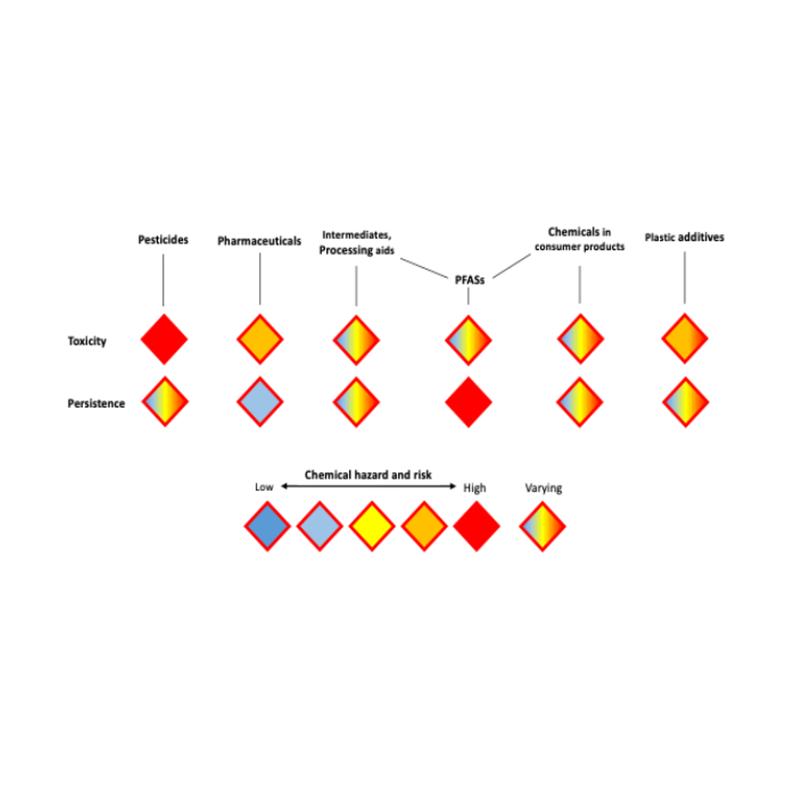The world’s chemical pollution: Current state of research
The rapid production and distribution of chemicals in the environment means that regulatory risk assessment can no longer keep pace with their ever-increasing number. This is the conclusion reached by two authors from ETH Zurich and RPTU Kaiserslautern-Landau. In their study of global chemical pollution, they provide an overview of particularly problematic chemical groups, such as PFAS and pesticides, and advocate comprehensive changes to address the associated risks to humans and the environment more effectively. The study was published in the 50th issue of the Annual Review of Environment and Resources journal.
Chemicals are used for a wide variety of purposes today, including pharmaceuticals, pesticides, intermediates in industrial production, chemicals in consumer products, and plastic additives. For their study, the scientists compiled knowledge on all these groups of substances and identified the main problem areas in terms of human health and the environment. "Pesticides are characterized by very high toxicity. This makes it necessary to conduct a comprehensive assessment of the active ingredients and concentrations that actually remain in the environment. We now know that, for example, many pesticides are found in water bodies at concentrations that exceed the levels considered safe for ecosystems," explains environmental scientist Ralf Schulz from Landau, one of the two authors of the study.
PFAS are increasingly accumulating in the environment
Per- and polyfluoroalkyl substances (PFAS) are generally less toxic. However, it is their extremely long half-lives that are problematic – some of these substances do not degrade in the environment even over decades. As a result, more and more PFAS are present and, over time, accumulate to such an extent that they reach alarming concentrations. The introduction of PFAS in the 1950s was actually intended to replace another problematic group of chemicals. Today, we know that PFAS can cause a variety of health problems in humans. In many cases, their use could be eliminated entirely, or the desired effects of PFAS could be replaced by alternative, less problematic chemicals.
Complex challenges with global implications
“The biggest challenge we face is the increasing number of chemicals and the associated difficulty of adequately assessing their risks,” says Ralf Schulz, describing the complex situation. The researchers therefore propose a transition aimed at reducing the number of chemicals produced and used in order to ensure regulatory control over their potential impact on humans and the environment. Substances that are both persistent and toxic should be restricted as a matter of principle. However, exceptions would be made for a few applications, such as PFAS in certain medical devices, for which there is currently no adequate alternative. In addition, the necessary innovations in the chemical industry require political impetus to create the appropriate framework conditions. Last but not least, it is essential to focus on and assess chemical pollution, similar to climate change, at a global level and through international organizations, as it is a global environmental change phenomenon.
Wissenschaftlicher Ansprechpartner:
Prof. Dr. Ralf Schulz
iES Landau, Institut für Umweltwissenschaften
Phone: +49 6341 280-31327
E-Mail: r.schulz[at]rptu.de
Originalpublikation:
Scheringer, M., Schulz, R. (2025) The State of the World’s Chemical Pollution. Annual Reviews of Environment and Resources 50, 381-408, https://doi.org/10.1146/annurev-environ-111523-102318
Die semantisch ähnlichsten Pressemitteilungen im idw


